On Friday, June 24,ESL posted its rules for their upcoming Overwatch Atlantic Showdown,and its blatant disregard for the established format seen intournaments like Alienware Monthly Melee and GosuGamers Weeklyboggles my mind.
Before we get into what ESL isdoing and why it is bad, allow me to describe the commoncompetitive Overwatch format that we have been seeing so we candraw the comparisons. Like CS:GO, a match will start with teamsdrafting maps, banning a few before picking. This allows teams tocontrol the matchup by taking away the enemy’s better maps orget rid of maps they are uncomfortable on. Recently, the threeAssault maps (Temple of Anubis, Volskaya Industries, and Hanamura)were removed from the rotation as teams always ban those maps dueto imbalance in the game mode. This means only Escort, Hybrid, andControl are considered professional game modes.
In Escort and Hybrid, the victoris determined with a stopwatch scoring system; if a team caps acheckpoint faster than the other, it wins the entire map. Thisavoids a tiebreaker situation from both teams completing themap.
Additionally, GosuGamersrecently implemented a Single-Hero restriction for each team. Whilesuch a restriction does not exist anywhere in Blizzard’sclient, it has proven to expand compositional diversity in all gamemodes, and has been regarded as a welcomed change.
What ESL is doing forgoes all ofthat. There will be no draft phase, as maps will be determined by arandomizer from a pool of six weekly maps, and ties Escort andHybrid are settled with the competitive play mode’s suddendeath rule, which has the teams play a single King of the Hillpoint. There will be no hero limits.
Why is ESL’s system worse?With regards to its designs for the maps, the inability to draftmaps voids an important element of strategy; matchups will not becharacterized by the choices of the teams, but by a random numbergenerator. For example, if a team excels at Escort, but the mappool only consists of Assault and Control, then that team is at adisadvantage by factors it has no control over.
Furthermore, the inclusion ofAssault is a horrendous decision. Those maps have not been playedon or practiced competitively since they are not balanced well forcompetitive play. After listening to the professionalplayers’ desires, most tournament organizers removed Assaultmaps from the pool. ESL’s inclusion of these maps, therefore,disregards the validated opinions of professionals. Dan Street, acompetitive Overwatch player, compared this to CS:GO includingcausal maps in competitive tournaments.
The use of the competitive playmode ruleset is also disastrous. Now a team will not be rewarded onEscort if it completes the objective faster, since a team only hasto worry about completing the map, or preventing the other teamfrom doing so. The fact a tie would be settled by a Control Point,a format completely different from Escort, fails to give a correctjudgment on which team is better at Escort. While the stopwatchformat is not free of its own criticism, it is still the bestcurrent format to accurately reward a team for excelling at thisgame mode.
As for hero limits, ESL wouldtell you that a lack of limitations “gives teams the mostroom to be flexible and adapt,” and that “the option tostack heroes (is) a core game concept and central to the strategyof Overwatch.” There is some validity to this statement: nothaving any restrictions expands the number of possible compositionsgreatly. However, in practice, this can actually limit theapplicable strategy. For example, teams playing Control oftenmirrored each other’s hero stacks, as seen in OverkillLeague’s grand final between Cloud9 and Reunited. Using twoWintsons, two Lucios, and two Tracers, the teams had the fastestpossible composition with strong kill potential to always contestthe point as fast as possible. The results were a chaotic,unentertaining mess for players and viewers.
https://youtu.be/AHpUUUd_nuk?t=1h33m30s
While there are morepossibilities, in actuality, no hero limits actually stranglesdiversity. Following the implementation of hero limits,compositional variety increased as teams had the ability to exploreoptions rather than keep pace with hero stacking. One could pointto the nerfs to Mcree and Widowmaker for allowing other heroes likePharah to emerge, but the inclusion of a hero limit incentivizedhero diversity.
My critical opinions onESL’s format is not one in isolation. Numerous pros ventedsome of their frustrations on twitter, mocking the aspects ofESL’s format I have touched upon, and some examples are shownbelow. 
While ESL’s tournament hasthe largest prize pool yet seen in competitive Overwatch, it ispainfully clear that the company is up to its usual shenanigans of questionable decisionsand mismanagement. Hopefully, thisformat is only used to simplify the online qualifiers, and bedisregarded for the LAN event.
This may be the largesttournament yet for Overwatch, but it does not reflect thedevelopment of the western scene for the past several months. Thepossibility that this structure could undersell what competitiveOverwatch is to the curious masses watching for the first time is adifficult pill to swallow.
(Header image courstesy ofVG24/7)


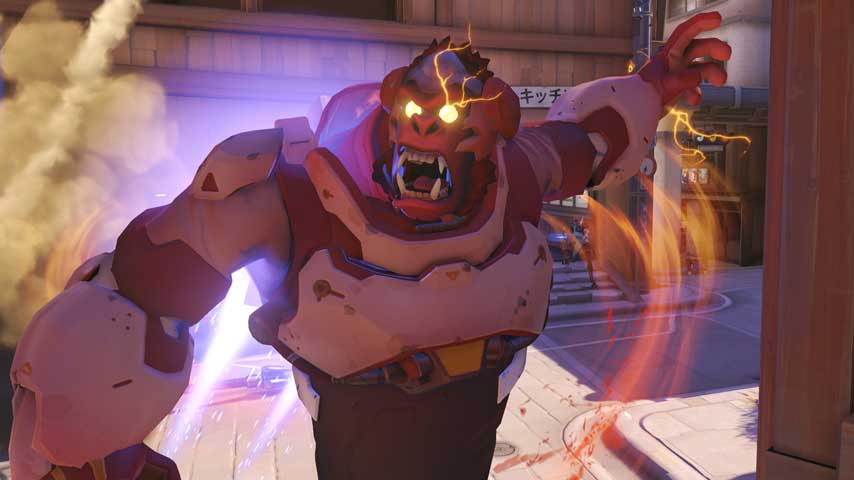


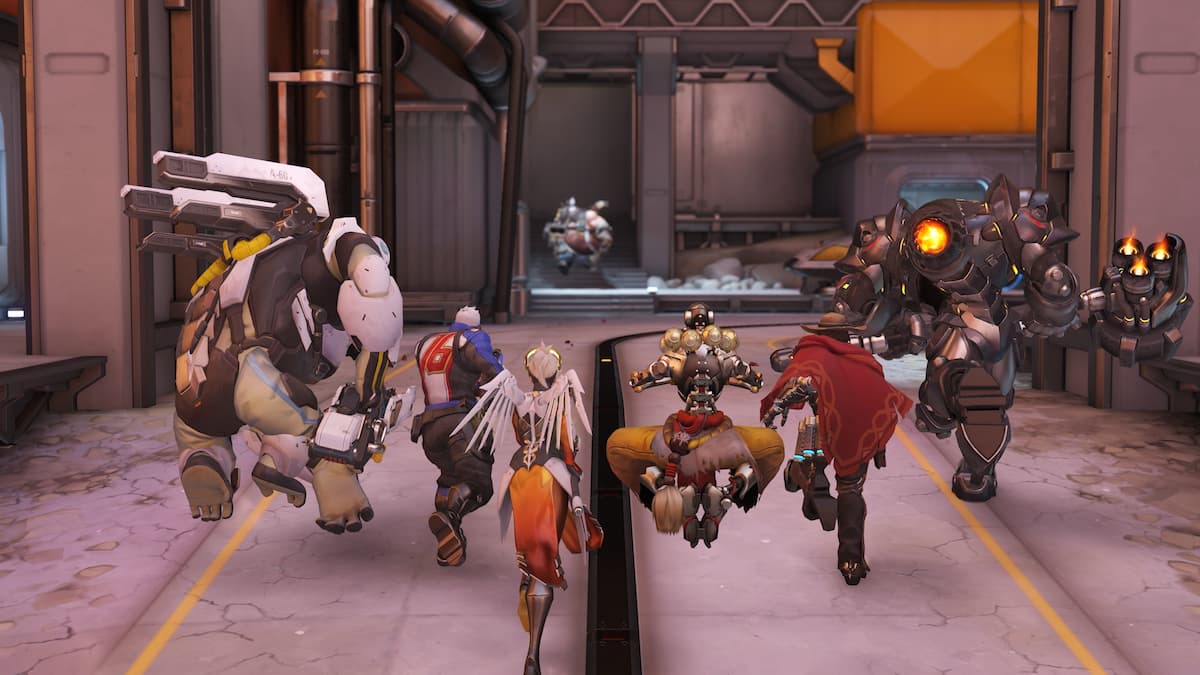

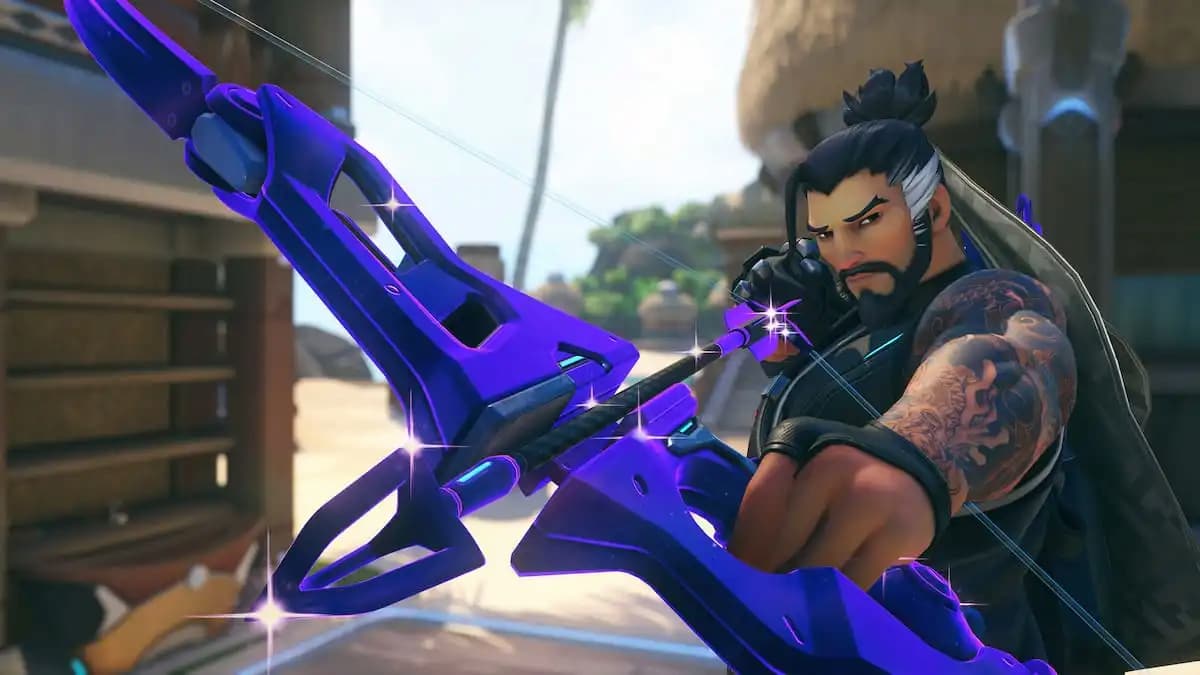

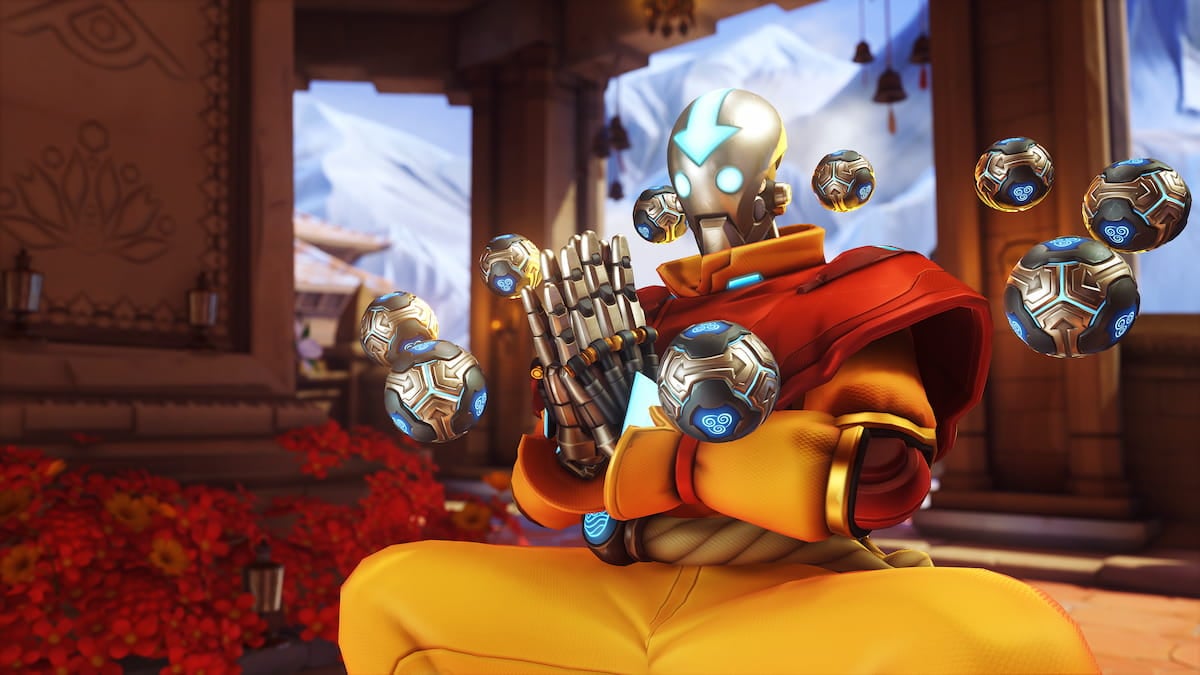

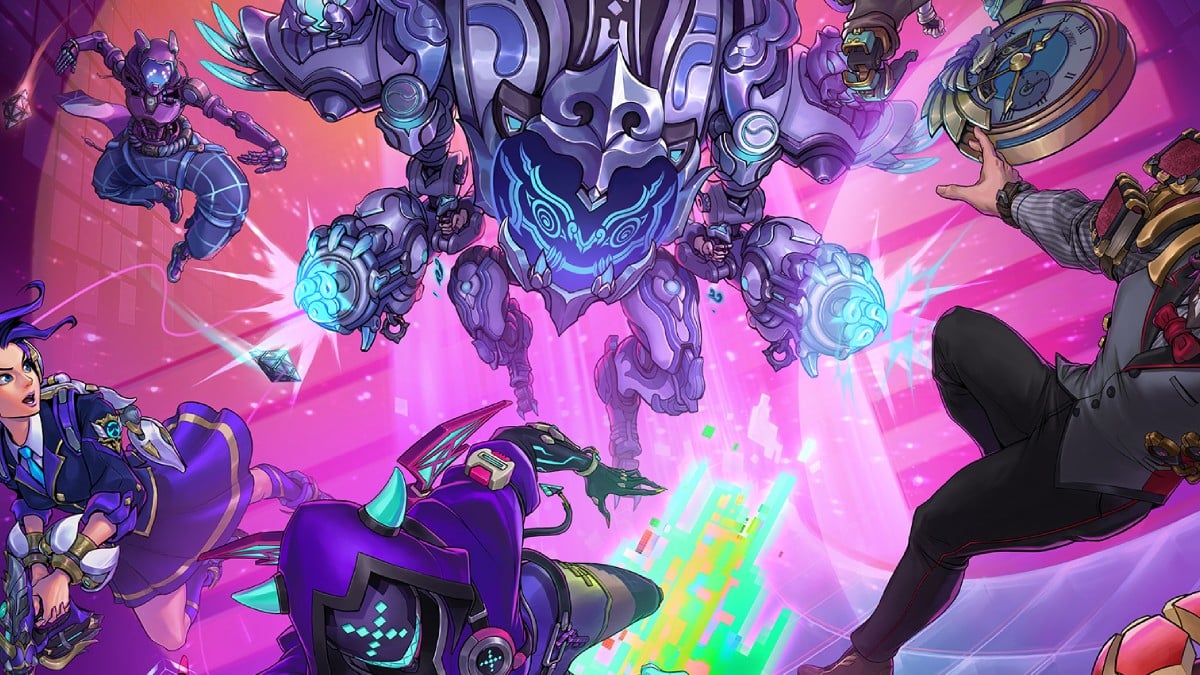
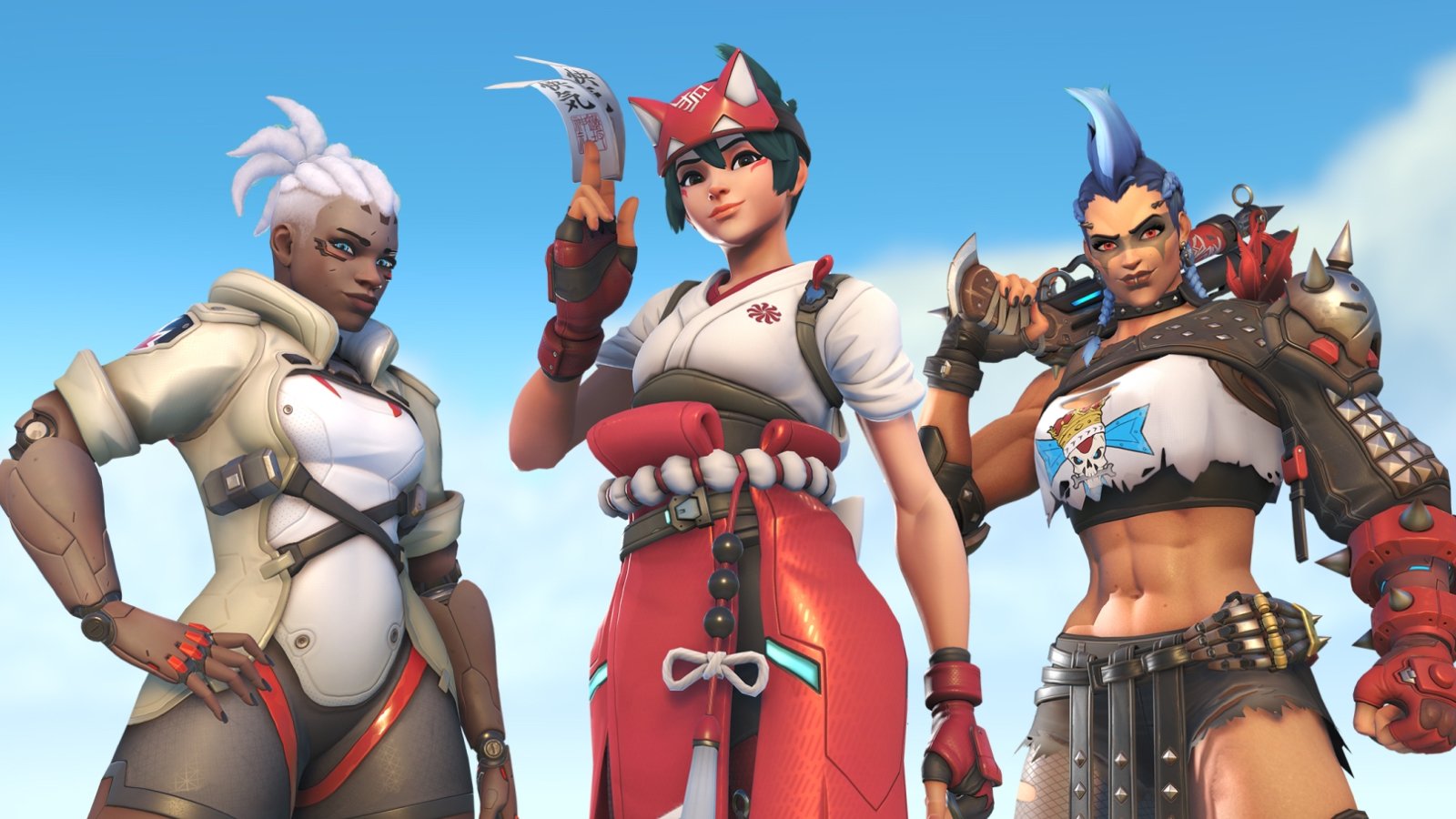
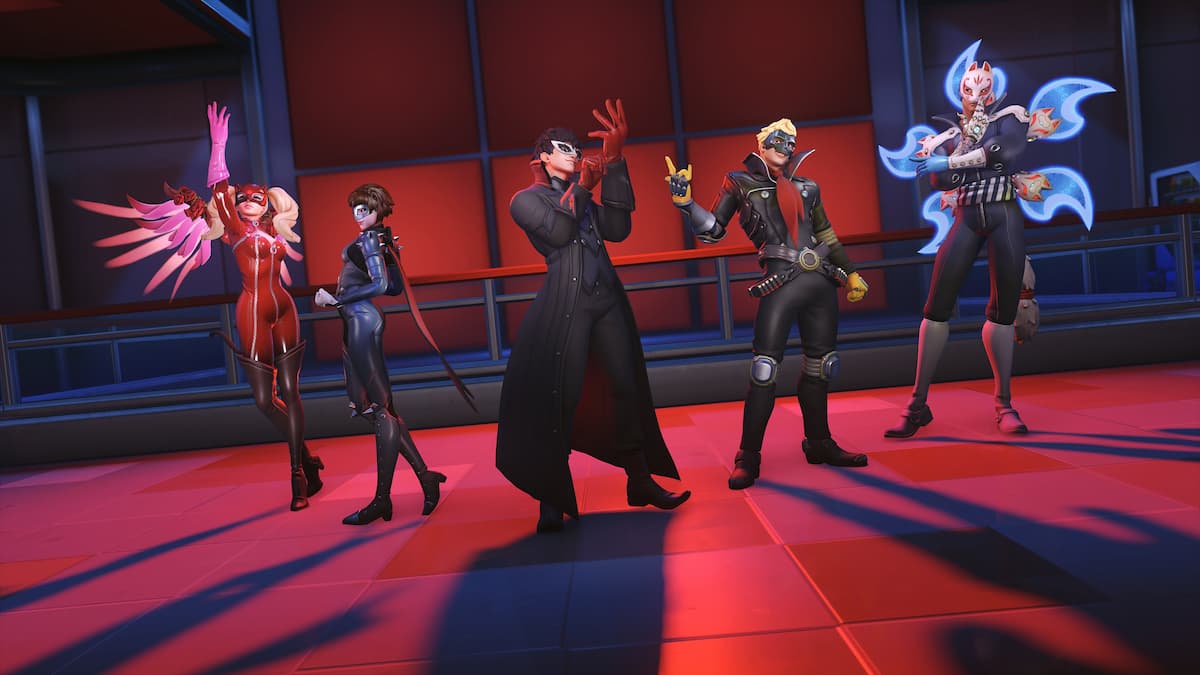
Published: Jun 27, 2016 01:02 pm